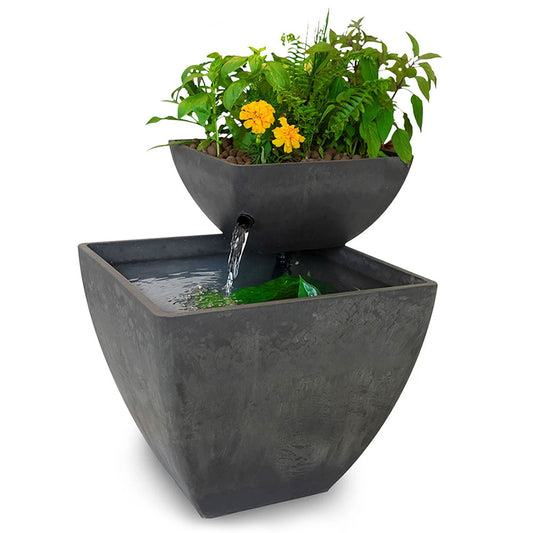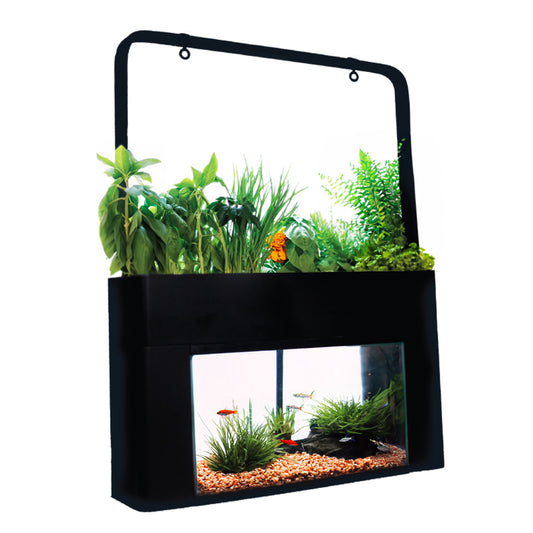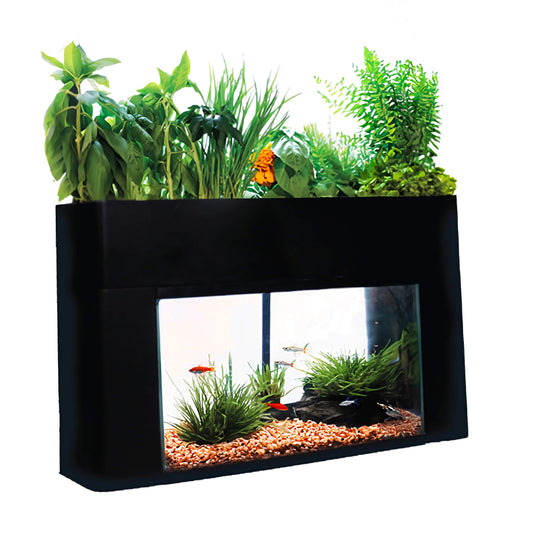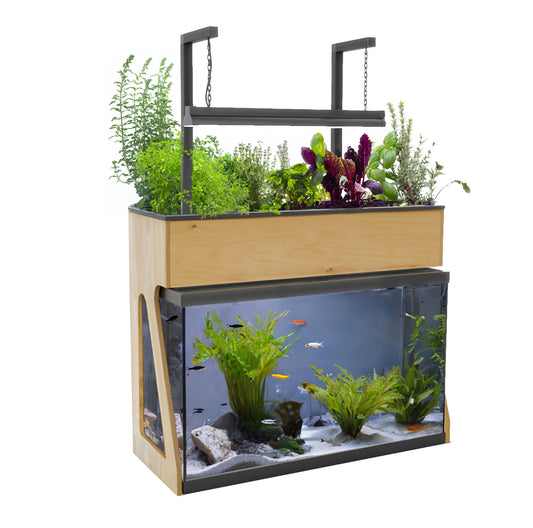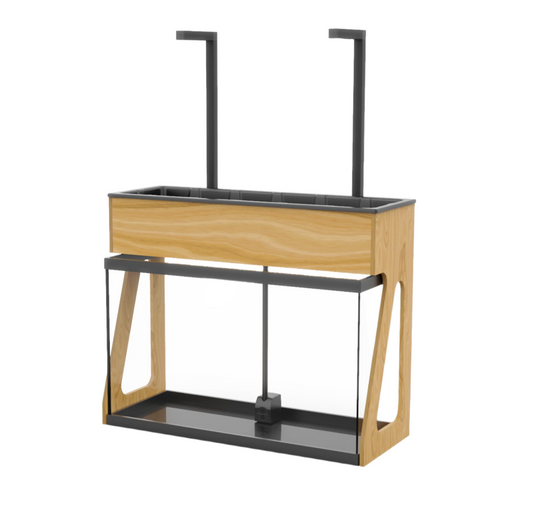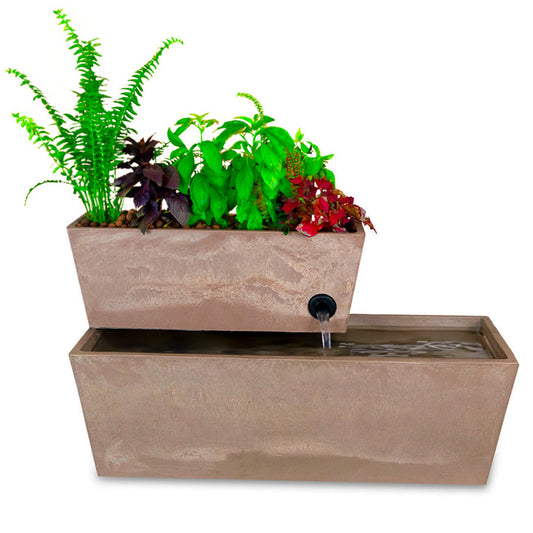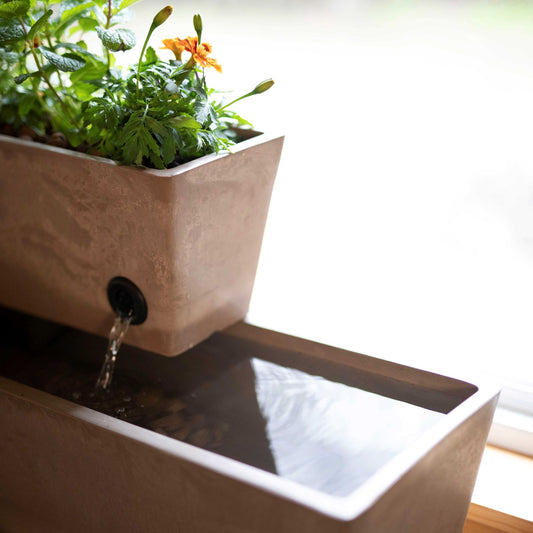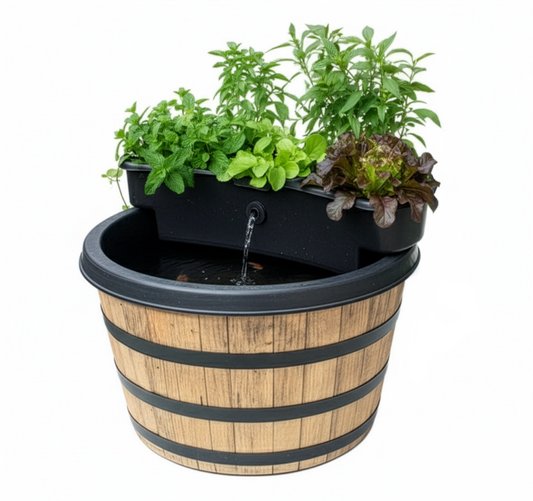Avoid These Mistakes During Aquarium Cycling for a Healthy Ecosystem
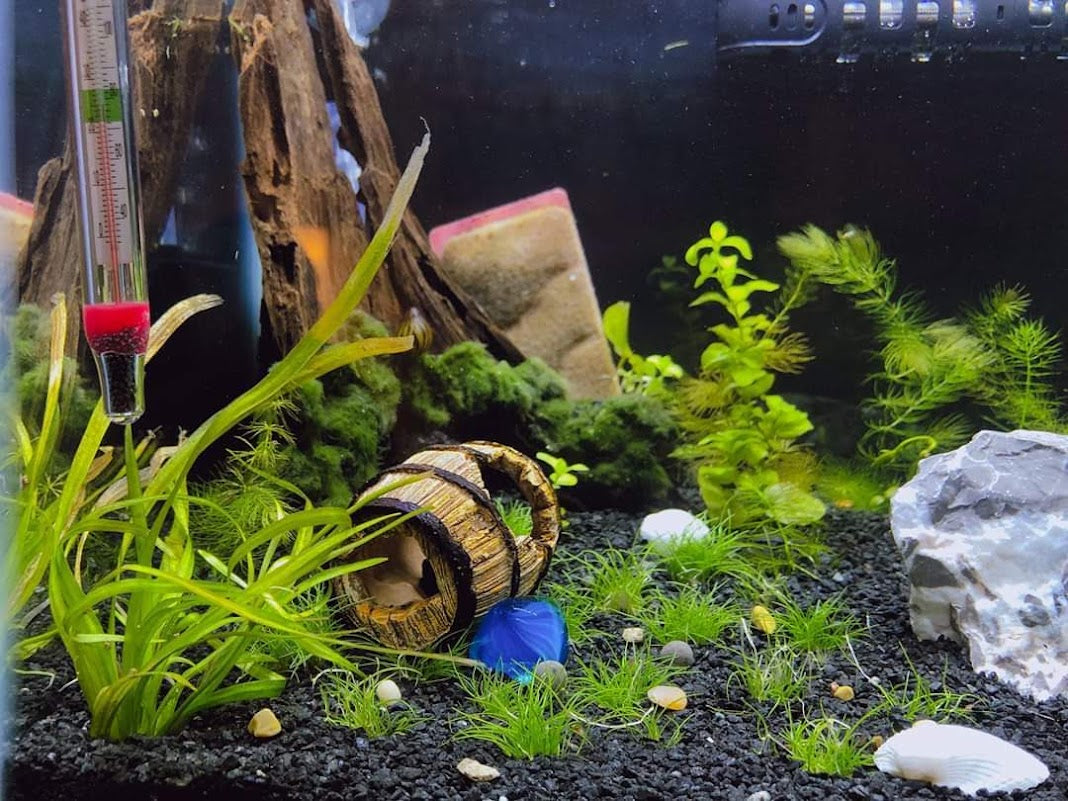
Cycling an aquarium or aquaponic garden is a crucial process that must be taken seriously. During this period, the water in the system needs to be conditioned and prepared for fish or plants to be introduced. However, this process can be quite tricky and challenging. It requires patience, attention to detail, and a willingness to follow certain guidelines to ensure that you end up with a healthy and thriving aquatic ecosystem. Today we will discuss what NOT to do during cycling to help you avoid common mistakes and challenges. Here are some things to avoid when cycling your aquarium:
1. Don't add too many fish at once
One of the most important things to remember is to start with a small number of fish during the cycling process. Adding too many fish to the tank can cause an ammonia spike that will harm your fish and slow down the cycling process. Therefore, a good rule of thumb is to start with one or two fish per ten gallons of water. This will help you establish a healthy and stable ecosystem that can sustain more fish later on.
2. Don't overfeed your fish
Overfeeding your fish during the cycling process is another common mistake. This can contribute to an excess of ammonia and nitrite in the water, which is harmful to fish. It's important to be careful not to feed your fish more than they can eat in a few minutes, and avoid leaving any uneaten food in the tank. A good approach is to feed your fish small meals 2-3 times a day.
3. Don't change the water
It can be tempting to change the water in your aquarium during the cycling process, especially if it seems dirty or cloudy. However, changing the water can actually slow down the cycling process. This is because the beneficial bacteria that are responsible for cycling your tank need time to establish themselves and grow. Therefore, changing the water too frequently can disrupt their growth and slow down the cycling process.
4. Don't use chemicals to speed up the process
There are many products on the market that claim to speed up the cycling process. Some of these products may work, while others are unnecessary and can actually harm your fish and aquatic plants. It's important to avoid using chemicals to speed up the cycling process and stick to natural methods instead. For example, you can add pure ammonia or fish food to your tank to help kick-start the cycling process.
5. Don't neglect water testing
Water testing is essential for monitoring the cycling process and ensuring that your aquarium's water is healthy for your fish and plants. It's important to test for ammonia, nitrite, and nitrate levels regularly and keep a logbook to track your results. This will help you monitor the progress of your tank's cycling and make any necessary adjustments.
6. Don't rush the process
Cycling an aquarium takes time, usually between four to six weeks. It's important to be patient and resist the urge to add fish or plants until the cycling process is complete. Rushing the process can lead to harmful spikes in ammonia and nitrite levels, which can harm your fish and aquatic plants. Therefore, it's important to take your time and allow the bacteria in your system to establish themselves before you add any new lifeforms.
7. Don't forget to monitor water temperature
The temperature of your water is another important factor that can affect the cycling process in your aquarium. It's essential to keep your water temperature stable and within a range that is comfortable for your fish and aquatic plants. Aim for a temperature between 75 and 80 degrees Fahrenheit and check your water temperature regularly to ensure that it remains stable.
In conclusion, cycling an aquarium or aquaponic garden is a critical process that should not be rushed. Take your time and be patient, and follow these guidelines to avoid common mistakes. Starting with a small number of fish, testing your water regularly, avoiding overfeeding, and monitoring water temperature are all critical factors to a successful cycling process. By following these tips, you can help establish a healthy and thriving aquatic ecosystem for your aquarium or aquaponic garden.

